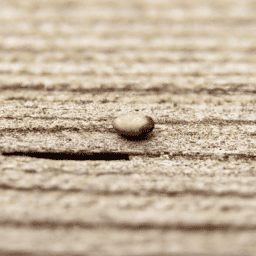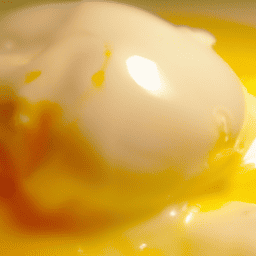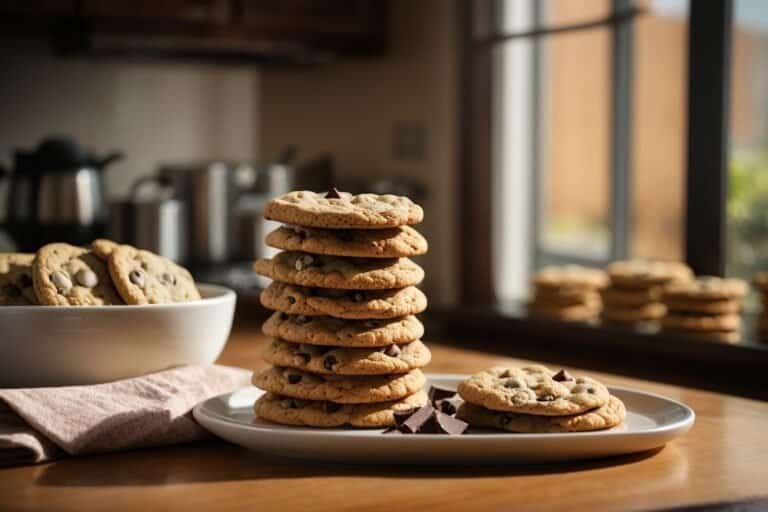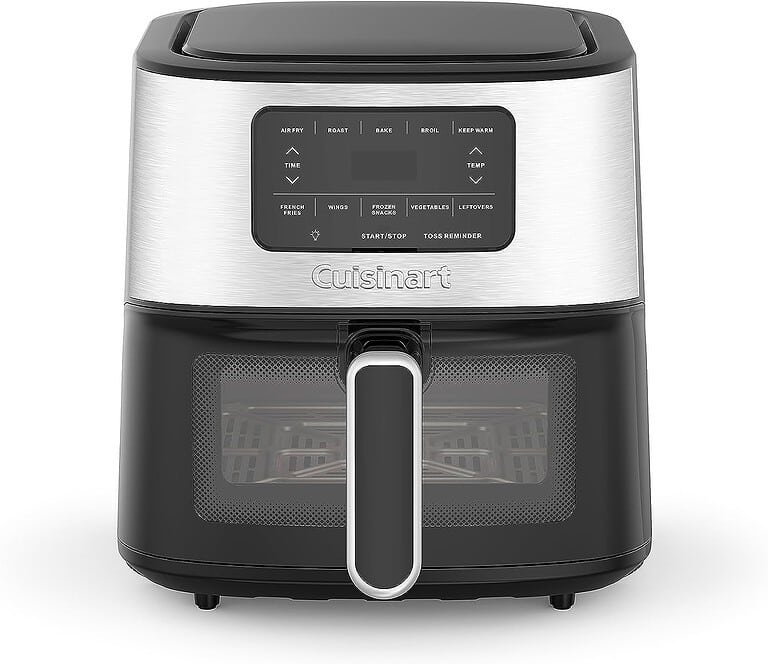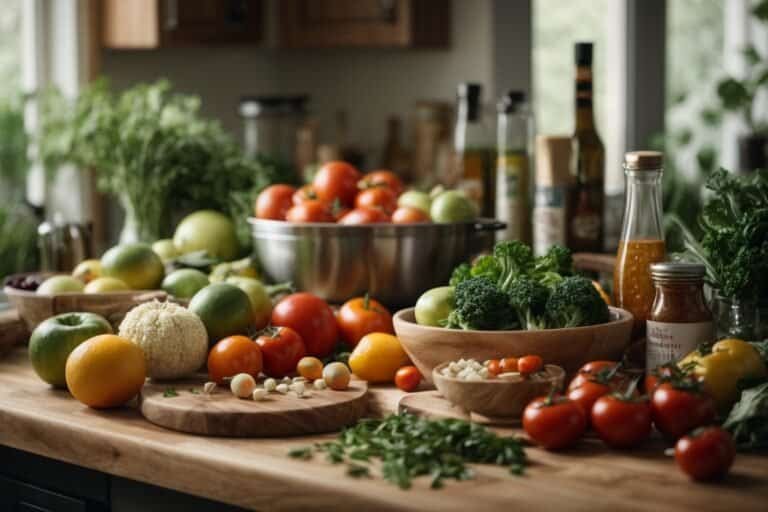What Is Quinoa How To Cook It
Have you ever wondered what quinoa is and how to cook it? Well, look no further! In this article, we will explore the wonders of quinoa and provide you with a step-by-step guide on how to prepare this versatile and nutritious grain. Whether you are a seasoned chef or a beginner in the kitchen, this article will equip you with all the information you need to embark on a culinary journey with quinoa. So, grab your apron and let’s get cooking with this delicious and wholesome ingredient!
Understanding Quinoa
Quinoa, pronounced KEEN-wah, is a versatile and highly nutritious grain-like seed that has gained popularity in recent years. Despite being commonly referred to as a grain, quinoa is actually a member of the same family as spinach and beets. This superfood has a rich history that dates back thousands of years to the ancient civilization of the Incas in South America.
Origin of Quinoa
Quinoa has its origins in the Andean region of South America, specifically in countries like Bolivia, Peru, Ecuador, and Colombia. The Incas, who held quinoa in high regard and referred to it as the “Mother of all Grains,” cultivated the crop in the high altitudes of the Andes Mountains. Quinoa was not only a staple in their diet but also held deep cultural and religious significance. Its cultivation and consumption were believed to bring good fortune and prosperity.
Health Benefits of Quinoa
Quinoa is a nutritional powerhouse, packed with a diverse array of health benefits. One of its most notable qualities is its high protein content, making it an excellent choice for vegetarians and vegans looking for plant-based protein sources. Quinoa is also gluten-free, making it suitable for those with gluten sensitivities or celiac disease.
Additionally, quinoa is rich in essential amino acids, making it a complete protein source that supports healthy tissue growth and repair. It is also high in dietary fiber, aiding in digestion and promoting a healthy gut. Quinoa is a good source of vitamins and minerals such as magnesium, phosphorus, and iron, which are essential for maintaining optimal bodily functions. Its nutrient profile makes it an excellent addition to a well-balanced diet.
Nutritional Value of Quinoa
Quinoa is known for its impressive nutritional profile. A 1-cup serving of cooked quinoa contains approximately:
- 222 calories
- 8 grams of protein
- 39 grams of carbohydrates
- 4 grams of fat
- 5 grams of fiber
- 2.8 milligrams of iron
Quinoa is also a source of antioxidants, including flavonoids and quercetin, which can help reduce inflammation and protect against chronic diseases.
Types of Quinoa
Quinoa is available in various types, each with its unique characteristics and flavors. Here are some common types of quinoa you may come across:
White Quinoa
White quinoa, also known as ivory quinoa, is the most widely available type. It has a delicate and fluffy texture when cooked, with a mild and slightly nutty flavor. White quinoa is incredibly versatile and works well in a variety of dishes.
Red Quinoa
Red quinoa has a slightly earthier flavor compared to white quinoa. It retains its shape well during cooking, making it ideal for salads or as a base for grain bowls. The vibrant red color adds visual appeal to your dishes.
Black Quinoa
Black quinoa has a more robust and earthy flavor than both white and red quinoa. It has a firmer texture and retains its shape after cooking. Black quinoa adds a striking visual element to your meals and pairs well with bold flavors.
Quinoa Flakes
Quinoa flakes are essentially quinoa grains that have been rolled into thin flakes, similar to rolled oats. They are quick-cooking and often used as a gluten-free alternative to traditional oats in breakfast cereals, granola bars, or baked goods.
Quinoa Flour
Quinoa flour is made by grinding quinoa seeds into a fine powder. It is a popular gluten-free flour alternative for baking and can be used in a variety of recipes, such as bread, pancakes, and cookies.
Buying and Storing Quinoa
When it comes to buying quinoa, there are a few things to keep in mind to ensure you’re getting the best quality product. Look for quinoa that is well-sealed in airtight packaging to maintain freshness. Check the expiration date and opt for quinoa that is within the recommended timeframe. It is also a good idea to buy from reputable brands or sources to ensure the quinoa is of high quality and free from contaminants.
How to Store Quinoa
Proper storage is crucial to maintaining the quality and freshness of your quinoa. Uncooked quinoa should be kept in an airtight container or resealable bag in a cool, dry place away from direct sunlight. Avoid storing it near spices or other strong-smelling foods, as quinoa can absorb odors easily. When stored correctly, quinoa can last up to two years.
Shelf Life of Quinoa
It is essential to pay attention to the shelf life of quinoa to ensure its freshness and quality. Uncooked quinoa has a long shelf life, typically lasting up to two years when stored properly. Cooked quinoa, on the other hand, should be consumed within four to six days if stored in the refrigerator. To extend its shelf life, cooked quinoa can be frozen in airtight containers for up to eight months.
Preparing Quinoa for Cooking
Before cooking quinoa, it is necessary to prepare it properly to remove any natural coatings called saponins, which can leave a bitter taste. Here’s how to prepare quinoa for cooking:
How to Clean Quinoa
To clean quinoa, place it in a fine-mesh sieve or colander and rinse it thoroughly under cold running water. Rub the grains gently with your hands to remove any remaining saponins or impurities. Properly rinsing quinoa ensures a cleaner and more pleasant taste.
How to Soak Quinoa
Soaking quinoa is optional but can help improve its digestibility and reduce cooking time. To soak quinoa, place it in a bowl and cover it with water. Let it soak for at least 15 minutes or up to a few hours. After soaking, rinse the quinoa again to remove any excess water.
Importance of Rinsing Quinoa
Rinsing quinoa is an essential step in the preparation process, as it helps remove the bitter-tasting saponins and any remaining impurities. Skipping this step may result in a less palatable flavor. Take a few extra minutes to rinse your quinoa thoroughly for the best results.
Cooking Basic Quinoa
Cooking quinoa is a straightforward process that yields fluffy and tender grains. Here’s what you’ll need and a step-by-step guide to cooking basic quinoa:
Required Ingredients and Equipment
- 1 cup quinoa
- 2 cups water or broth
- Pinch of salt (optional)
Step-by-Step Instructions
- Rinse the quinoa under cold running water to remove any saponins or impurities.
- In a medium saucepan, combine the rinsed quinoa, water or broth, and salt (if desired).
- Bring the mixture to a boil over medium-high heat.
- Once boiling, reduce the heat to low, cover the saucepan with a lid, and simmer for about 15-20 minutes or until all the liquid is absorbed.
- Remove the saucepan from the heat and let it sit, covered, for 5 minutes to allow the quinoa to steam.
- Fluff the quinoa with a fork to separate the grains and enhance the texture.
- Serve warm as a side dish, base for salads, or as a nutritious ingredient in various recipes.
Tips and Tricks for Perfect Quinoa
- Use a 1:2 quinoa-to-liquid ratio for fluffy quinoa. Adjust the amount of water or broth depending on your desired texture.
- Don’t remove the lid while the quinoa is cooking to prevent steam from escaping.
- After cooking, let the quinoa sit undisturbed for a few minutes. This allows the grains to absorb any excess moisture and become fluffy.
- Experiment with different liquids, such as vegetable or chicken broth, to infuse additional flavors into your quinoa.
Alternative Cooking Methods for Quinoa
While the stovetop method is the most common way to cook quinoa, other cooking methods provide added convenience. Here are two alternative methods for cooking quinoa:
How to Cook Quinoa in a Rice Cooker
If you own a rice cooker, you’ll be delighted to know that you can cook quinoa effortlessly using this appliance. Simply follow these steps:
- Rinse the quinoa under cold running water to remove any saponins or impurities.
- Add the rinsed quinoa and the recommended amount of water or broth to the rice cooker.
- Close the lid and select the quinoa or rice cooking setting.
- Once the rice cooker completes the cooking cycle, let the quinoa sit for a few minutes to steam before fluffing with a fork.
How to Cook Quinoa in a Slow Cooker
Cooking quinoa in a slow cooker is a hands-off way to prepare a large batch. Here’s how:
- Rinse the quinoa under cold running water to remove any saponins or impurities.
- In the slow cooker, combine the rinsed quinoa and the desired amount of water or broth.
- Cover the slow cooker and set it on low heat.
- Cook the quinoa for 2-3 hours or until all the liquid is absorbed.
- Once cooked, let the quinoa sit for a few minutes before fluffing it with a fork.
How to Flavor Quinoa
Quinoa acts as a blank canvas, soaking up the flavors of the ingredients it is cooked with. Here are some ways to flavor your quinoa:
Cooking Quinoa in Broth
For a flavorful twist, cook quinoa in vegetable, chicken, or beef broth instead of water. The broth infuses the quinoa with added taste and enhances the overall dish.
Adding Spices to Quinoa
Spices can elevate the flavor profile of your quinoa dish. Add a pinch of spices like cumin, turmeric, or paprika to the cooking liquid to infuse the quinoa with aromatic and savory notes.
Using Quinoa in Salads
Quinoa lends itself beautifully to salads, providing a nutritious and satisfying base. Combine cooked quinoa with your favorite vegetables, herbs, and dressings to create a refreshing and filling salad.
Quinoa in Breakfast, Lunch, and Dinner
Quinoa is incredibly versatile and can be incorporated into a wide range of meals throughout the day. Here are some ideas for including quinoa in your breakfast, lunch, and dinner:
Quinoa Porridge for Breakfast
Make a warm and comforting breakfast by preparing quinoa porridge. Cook quinoa in milk or plant-based milk until creamy, and sweeten it with your choice of honey, maple syrup, or fresh fruits.
Quinoa Salads for Lunch
Create vibrant and nutritious salads by combining cooked quinoa with a variety of vegetables, proteins, and dressings. Quinoa salads can be enjoyed cold or slightly warmed for a satisfying midday meal.
Quinoa Stir-Fry for Dinner
Incorporate quinoa into your dinner by using it as a base for a flavorful stir-fry. Sauté your favorite vegetables, proteins, and seasonings, then toss them with cooked quinoa for a well-balanced and delicious meal.
Sweet and Savory Quinoa Recipes
Quinoa is a versatile ingredient suitable for both sweet and savory dishes. Here are some ideas for sweet and savory quinoa recipes:
Sweet Quinoa Dessert Recipes
- Quinoa Pudding: Cook quinoa in milk or plant-based milk until creamy, then sweeten with vanilla extract, honey, or your preferred sweetener. Top with fruits, nuts, or a sprinkle of cinnamon.
- Quinoa Energy Balls: Combine cooked quinoa with nut butter, honey, and your favorite mix-ins like dried fruit, chocolate chips, or coconut flakes. Roll into bite-sized balls for a healthy on-the-go snack.
Savory Quinoa Main Course Recipes
- Quinoa Stuffed Bell Peppers: Mix cooked quinoa with sautéed vegetables, herbs, and cheese. Stuff the mixture into hollowed bell peppers and bake until tender.
- Quinoa and Vegetable Stir-Fry: Sauté a medley of vegetables like broccoli, carrots, and bell peppers, then add cooked quinoa and soy sauce for a quick and nutritious stir-fry.
Common Mistakes when Cooking Quinoa
To ensure your quinoa dishes turn out perfectly every time, be aware of these common mistakes and how to avoid them:
Cooking Quinoa Without Rinsing
Rinsing quinoa is a crucial step to remove its natural coatings, which can lead to a bitter taste. Skipping this important preparation step may result in a less enjoyable quinoa dish. Take the time to rinse your quinoa under cold water before cooking.
Using Incorrect Water to Quinoa Ratio
Using the correct water to quinoa ratio is essential for achieving fluffy and tender quinoa. The recommended ratio is typically 1 part quinoa to 2 parts water or broth. Adjust the ratio depending on your desired texture and the recipe you’re following.
Not Fluffing Quinoa After Cooking
After cooking quinoa, it is essential to fluff it with a fork to separate the grains and prevent them from clumping together. Neglecting this final step can lead to a sticky or mushy texture, diminishing the overall quality of your quinoa dish.
By understanding the origin, health benefits, and types of quinoa, as well as how to properly buy, store, prepare, and cook it, you can unlock this incredible superfood’s full potential. Experiment with various flavor combinations and quinoa recipes to add a nutritious and delicious component to your meals. Enjoy the journey of exploring the remarkable world of quinoa and all it has to offer!

